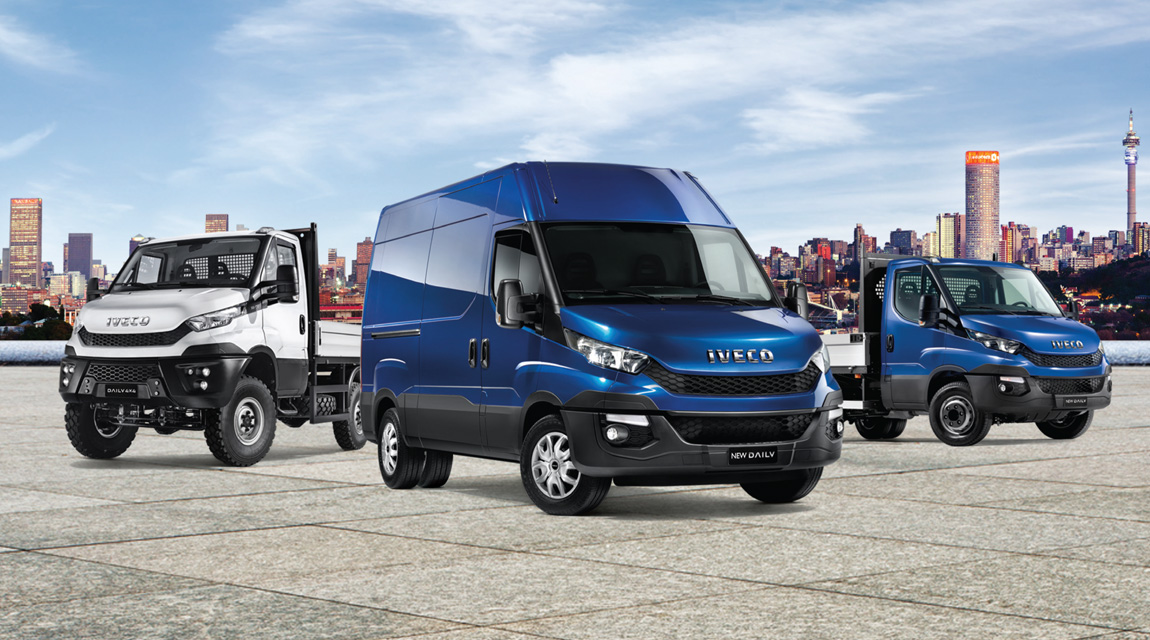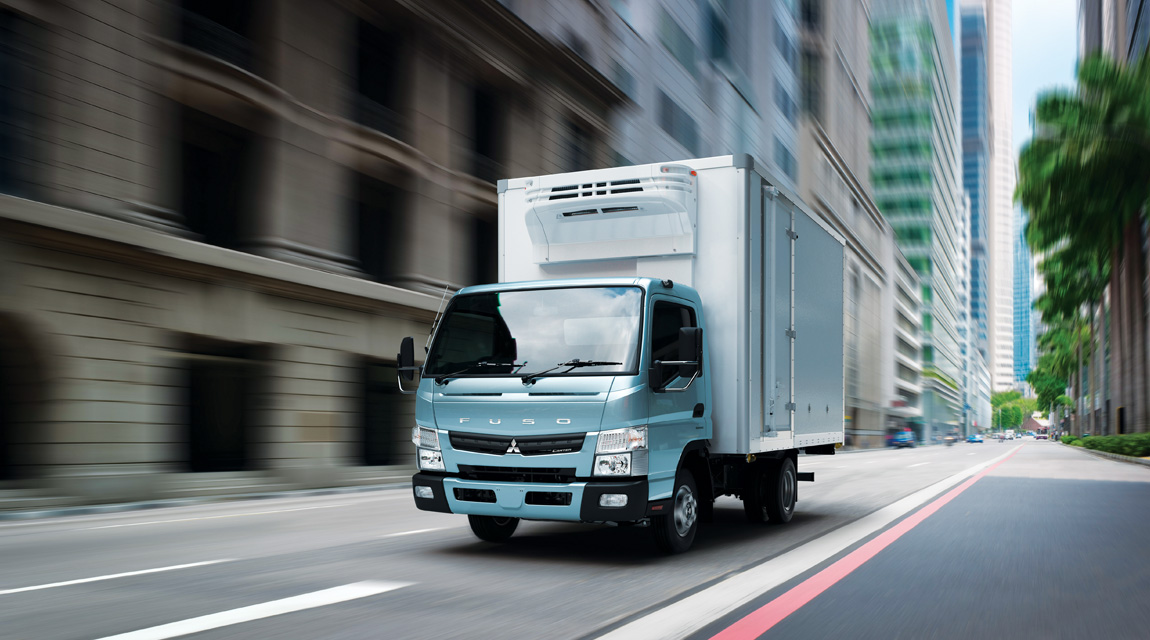A segment growing in sophistication

We speak to two prominent players in the local medium commercial vehicle (MCV) segment to find out how it is faring at the moment.
According to Ziyad Gaba, head of Fuso Trucks Southern Africa, the MCV market threw up a surprise at the beginning of 2017 and declined year on year.
“Fuso’s market share in the segment, however, is showing positive signs, and we expect to continue growing in the segment in 2018,” he adds. “Our Canter range, which makes up our MCV portfolio, boasts a proven performance and track record spanning over 50 years globally.
“With more than ten variants in our portfolio, our lightweight chassis frames are designed to allow for over 50 different body variations, making it the most suitable range for the typical butcher, farmer, baker and candle-stick maker…”
Iveco South Africa’s product offering in the segment differs in that it is made up of the Daily range of panel vans and freight carriers. Elvis Mutseura, product marketing manager, has also noticed a slowdown in the MCV market.
“We have always had a strong position in the panel-van market. While the market is down in absolute terms, we continue to make gains in terms of market share (three percent year to date).
“On top of that, we have been increasing our share of the panel-van market quite steadily since the launch of our current Daily van range. After a slow start, buyers are understanding the immense possibilities of this vehicle.”
Regarding the decline, Mutseura says: “We attribute the slowdown, particularly in the panel-van market, to less-than-favourable economic conditions. The majority of panel vans sold in this market are converted into people carriers. With the recent pressure on households, people tend to travel a little less, raising caution on the part of the transport operator.
“Sales of MCV freight carriers have held their own to some extent, mostly because these assets have traditionally been sweated more in any event, and there is thus less space to stretch the replacement cycle,” he notes.
It may be struggling in terms of sales, but the segment’s dynamics are certainly changing – with a surge of new entrants over the past few years. Gaba says this has increased the competitiveness in the segment, which remains extremely price sensitive.

“There is, however, a pressing need for reliable, functional and profit-generating products,” he adds.
One of the latest trends Gaba identifies is the need for some type of self-shifting transmission, because it provides better fuel economy, reduced maintenance costs and somewhat less investment in driver training. In addition, driver comfort is becoming more important.
“This segment is gradually becoming more sophisticated and well informed, which makes it important for manufacturers to offer the right products for the right application,” he comments.
Mutseura concurs: “Some people still think of air-conditioning as a luxury – really it is not. Spending upwards of eight hours a day in a hot cab can impair a driver’s concentration and anyone in the transport industry understands that a driver must concentrate in order to be safe and consistently get the best performance from a vehicle.”
He adds that the fundamentals are still important, though.
“Our customers look for class-leading payload and towing capacities and thus a compelling productivity proposition. The durability of the vehicles is also an important consideration. We believe that Iveco offers the best value for money in this segment, with a rich pallet of standard offerings,” he boasts.
Finally, both Gaba and Mutseura believe that aftersales support is increasingly more important to buyers in the segment. It’ll be interesting to see how the segment develops over the next year.
Published by
Focus on Transport
focusmagsa




